|
|
|
|
|
|
Böhler WA1 controlled by ZIMO MX82V
|
|
|
|
|
|
|
|
|
The excellent experiences and recommendations of others were the deciding factor. On our layout the powered turnouts - other than in staging - are limited to two per station. Just enough to enable meets and passing in each station and the basic necessity for the CTC that is planned.
|
|
|
The items come with detailed instructions for a number of different DCC and analog systems - but ZIMO wasn’t among those. A search of the Internet produced some hits, but unfortunately not the correct ones. It was time for the trial and error routine. The second variation was the sought version.
|
|
|
|
|
|
|
|
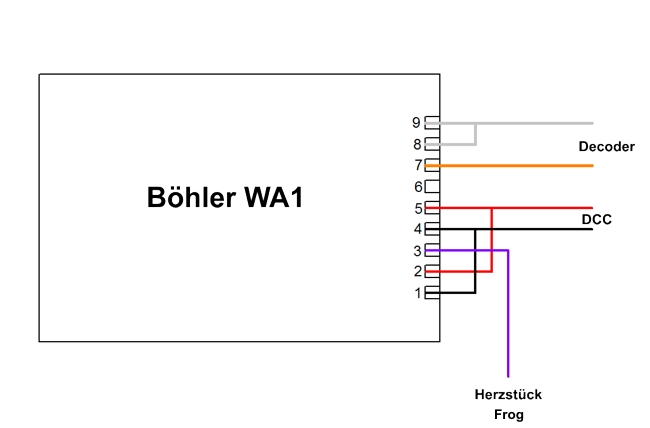
|
Connection schematic
|
|
|
|
|
|
|
At times even good products can be improved. The plug as delivered is such an instance; bending the connector pins by 90º will improve the ease of connect and disconnect quite a bit.
|
|
|
|
|
|
|
|
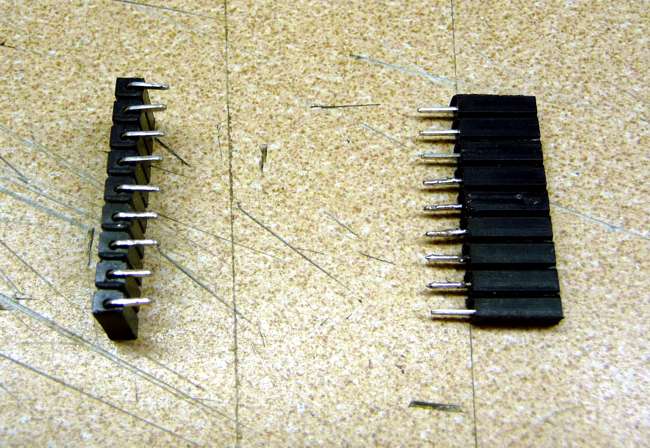
|
Modified plug
|
|
|
|
|
|
|
To align the actuating rod of the machine with the throwbar - with the rod being above the throwbar - a 4mm spacer/mounting plate is used.
|
|
|
|
|
|
|
|
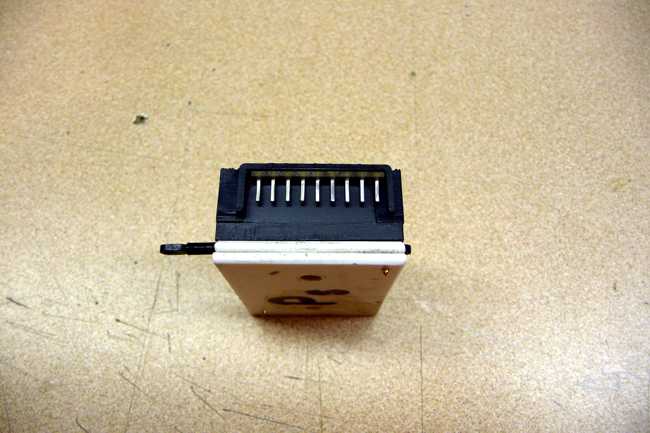
|
Spacer/mounting plate
|
|
|
|
|
|
|
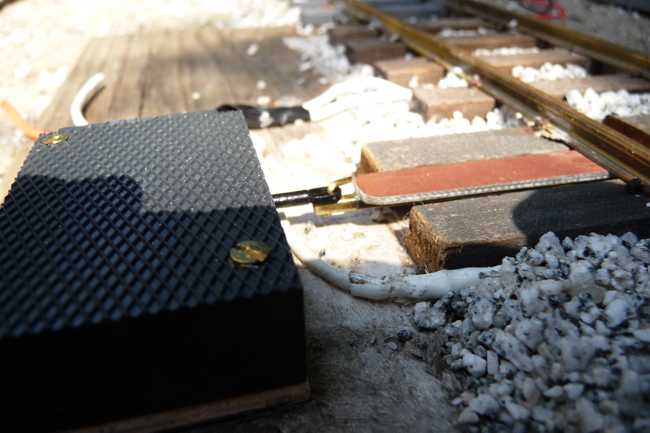
|
Position of actuating rod and throw bar
|
|
|
|
|
|
|
The DCC power comes directly from the turnout rails, a two conductor cable connects to the decoder. Preprogrammed for assembly on the work bench.
|
|
|
|
|
|
|
|
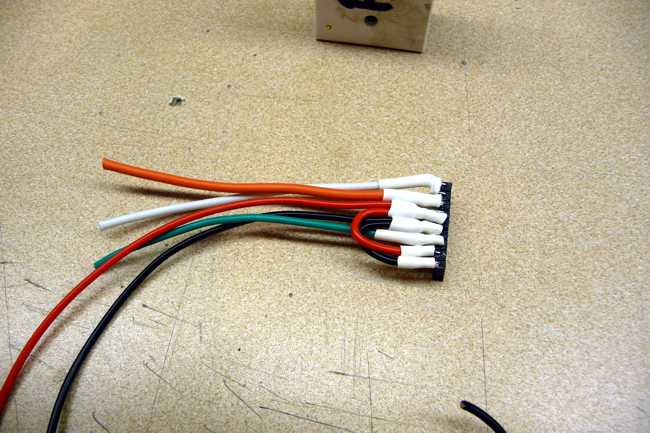
|
|
|
|
|
|
|
|
The modification results in enough extra space to connect and disconnect the plug once the turnout motor is fixed in place.
|
|
|
|
|
|
|
|
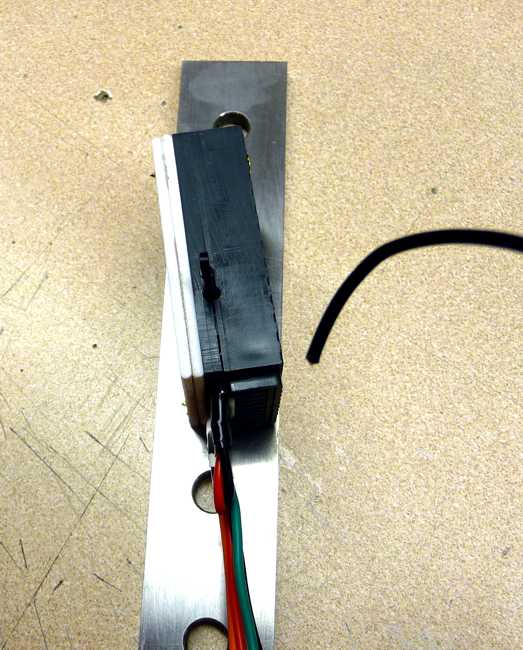
|
Plugged in connector
|
|
|
|
|
|
|
Careful alignment and marking of the position
|
|
|
|
|
|
|
|
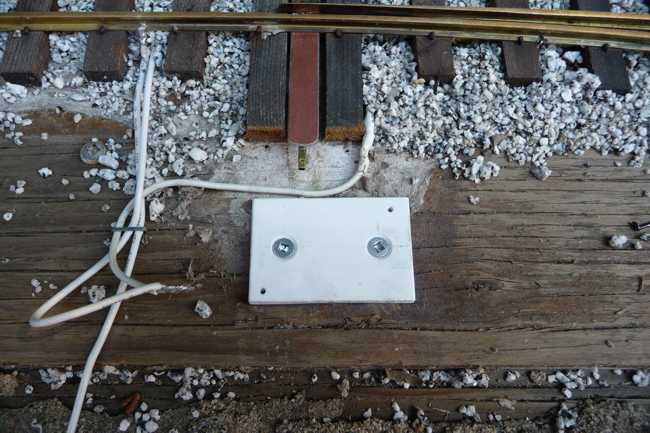
|
Mounting of the spacer plate
|
|
|
|
|
|
|
A simple “Link and Pin” arrangement connects the actuating rod with the throwbar.
|
|
|
|
|
|
|
|
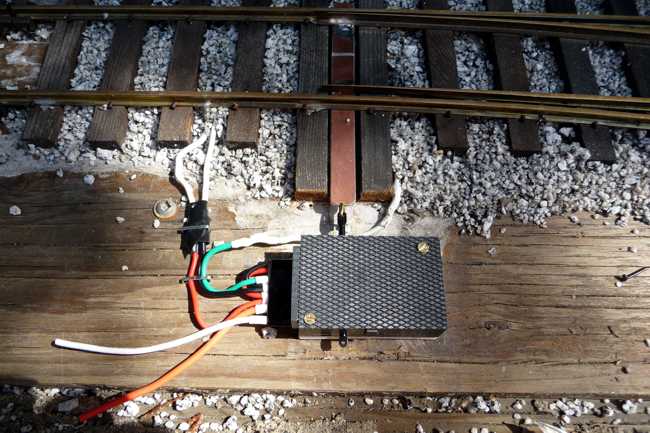
|
|
|
|
|
|
Link and Pin
|
|
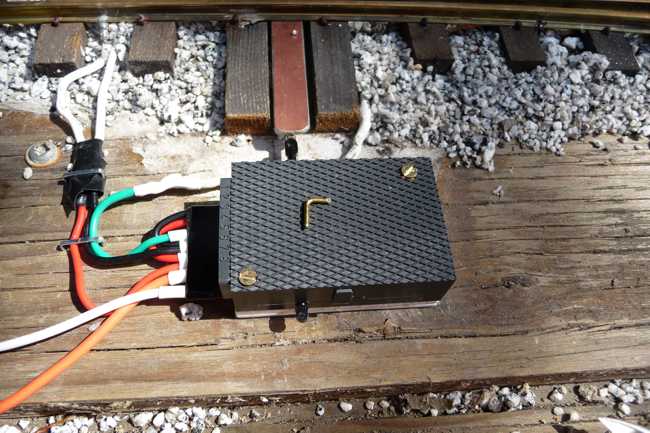
|
|
|
|
|
|
|
|
Reports on the reliability etc will follow
|
|
|
|
|
|
|
|
|
|
|
|
|
LGB 12010 Turnout Motors
|
|
|
|
|
|
|
|
In contrast to the Böhler drives these throw the turnout points in a very rapid manner. A very audible “Clack” and the points are realigned; precisely the reason why I decided to use them at both Samedan and Thusis: the audible confirmation of the action.
|
|
|
That and the proven reliability of the drives — there must be many hundreds of thousands in operation around the globe. No further introduction necessary.
|
|
|
The throwbars of the scratchbuilt turnouts were easily adapted and using the ZIMO MX82(0)V decoders would allow both remote control (CTC) and local control via momentary centre-off toggle switches on a panel. Pretty well a KISS setup.
|
|
|
|
|
|
|
|
|
|
|
Mark 3 Handthrows
|
|
|
|
|
|
|
|
A KISS method to polarize handthrown turnouts.
|
|
|
|
|
|
|